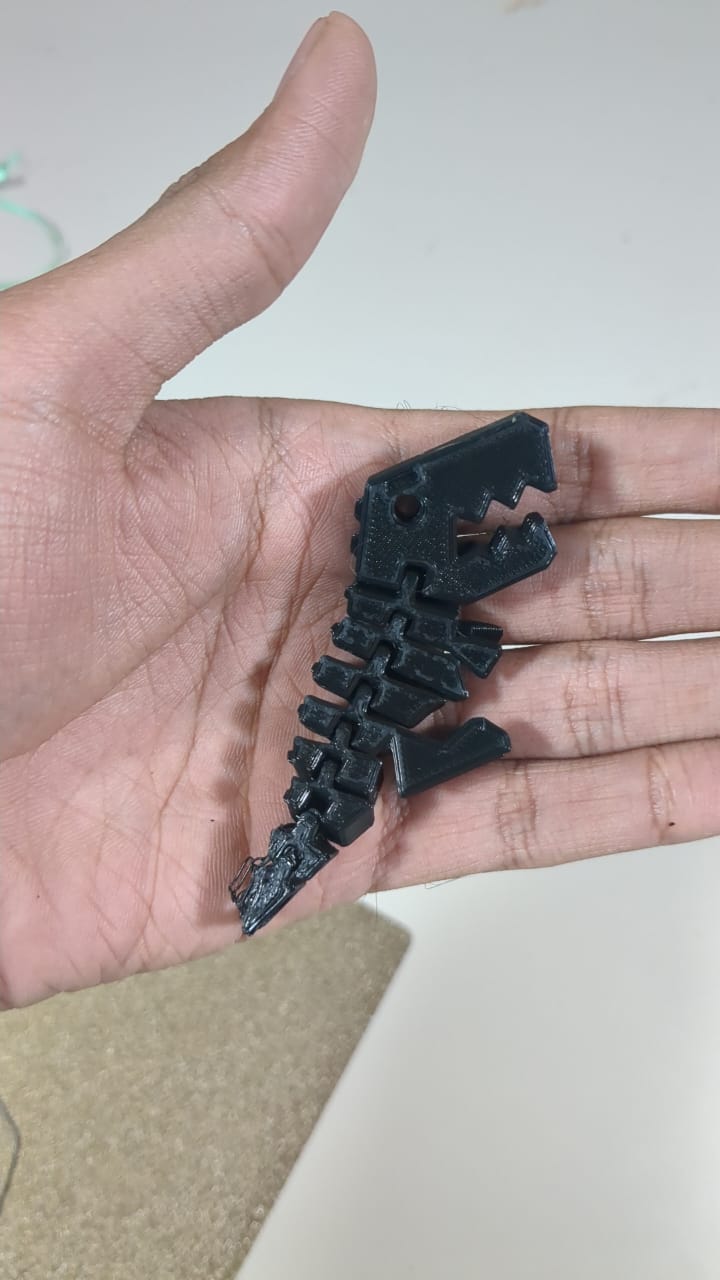Fixing an Old 3D Printer (Almost)
There was a 3D printer in the lab—locked up, collecting dust. It had been repaired multiple times but never worked properly. Everyone had given up on it.
One random day, I decided to try fixing it.
The First Fix: Filament Clog & Firmware Woes
The first problem was immediately obvious—the nozzle was clogged with filament. A straightforward replacement later, I powered the machine on, only to realize that the firmware wasn’t working. Flashing a fresh Marlin firmware revived the system, but that wasn’t the end of the problems.
Next, I checked the extrusion pipes, which were in terrible condition—dirty and affecting print quality. After cleaning them thoroughly, I decided to run a test print. To my surprise, the printer came to life and printed a Benchy in 1 hour and 40 minutes.
The Build Plate
A few days later, the build plate gave up. Prints refused to stick to the surface, making it useless. Fortunately, I found a metal magnetic plate, which turned out to be a great replacement. The printer was back in action.
However, another issue cropped up—the Z-offset couldn't be adjusted further since it was already at the minimum. The only way to fix this was to manually adjust the bed height and align it properly. After recalibrating, the printer was able to handle basic prints again. To test it, I printed a cute dino keychain—a small victory.

The Endless Struggle
I took a break. When I returned, someone had messed with the alignments, and the printer was out of tune once again. I realigned it, but this time, a more serious issue emerged—filament wasn’t extruding at all.
Upon inspection, I found that the extruder’s threads were stripped, meaning the filament could no longer be fed properly. At this point, the only viable solution was to replace the extruder entirely.
Repair or Repurpose?
Now, I stand at a crossroads:
- Buy the required replacement parts and restore the printer fully.
- Convert it into a PCB etching machine, giving it a completely new
purpose.
Both options are intriguing, and I’m still weighing my choices. One thing is certain, though—this abandoned machine has given me quite the hands-on experience in troubleshooting and repair.